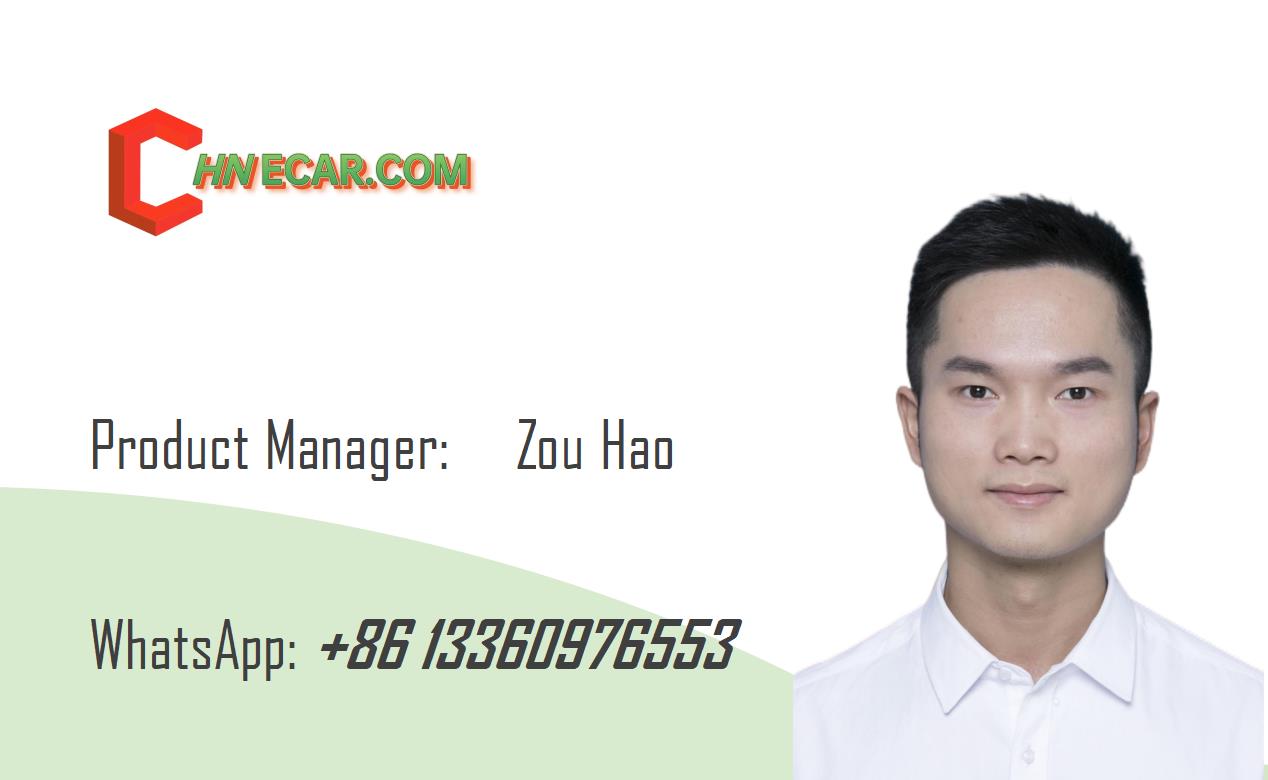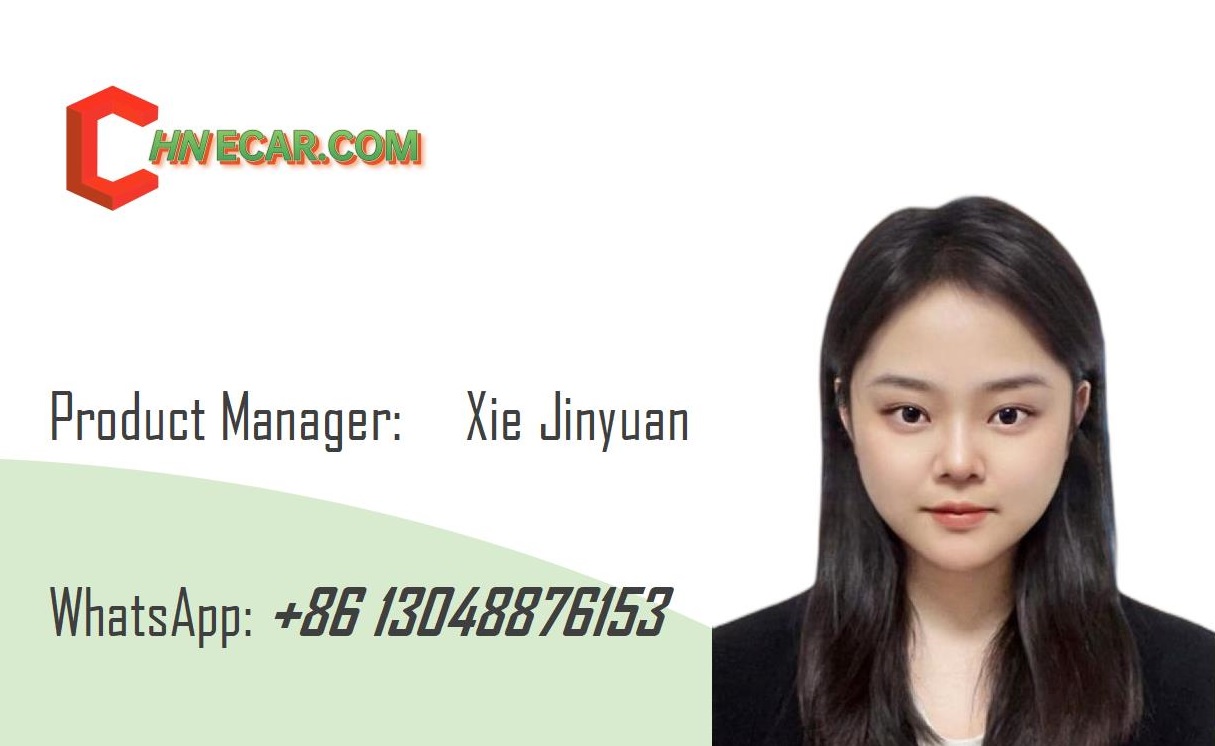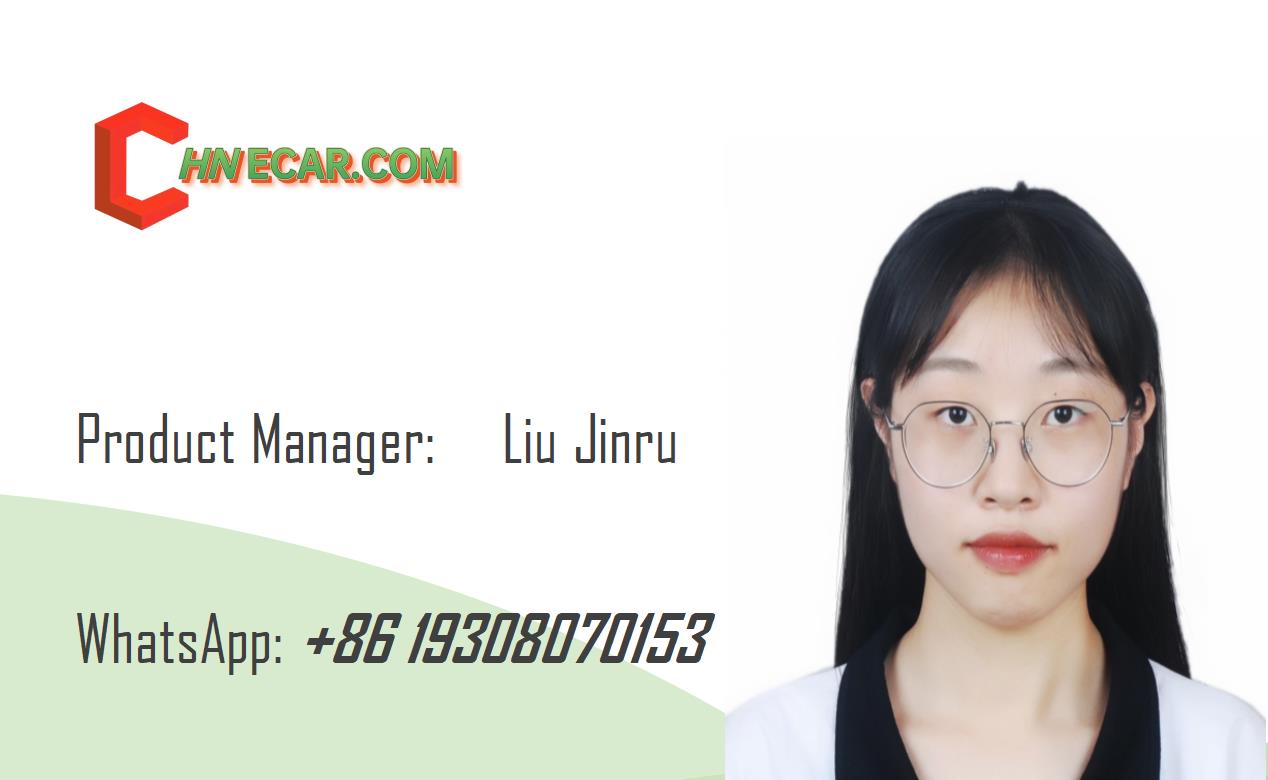Samsung cut off TSMC, pixel, and arithmetic power 4 times, FSD has been able to break through L3?
2022 for the major car companies are not very good, for the highest market value of the car company Tesla also, June 13 disclosed a Tesla internal memo, Musk warned employees that the second quarter of 2022 for Tesla is a "very tough quarter" due to supply chain shortages. He called on employees to work extra hard to help get the company back on track, in tandem with Tesla's layoffs around the world.
![]()
Upgraded cameras, now it's L4?
The latest progress on Tesla's Autopilot has also come from Tesla, which still uses a purely visual solution for autopilot, and will upgrade the camera module on the entire vehicle. According to the Korea Economic Daily, Samsung's Samsung Mechatronics will provide 80% of the camera modules used by Tesla. According to the report, the contract is worth between 4 trillion won and 5 trillion won (around 20-25 billion yuan), and Samsung Mechatronics beat rivals LG and Primax Electronics to win the contract. The deal also set a new record for the largest contract ever for electronic components, while Samsung Mechatronics became the largest supplier of camera modules to Tesla. Samsung will supply 80% of Tesla's camera modules and LG will supply the remaining 20%. The camera modules manufactured by Samsung Electro-Mechanics will be installed on Tesla's entire lineup, that is, the four main sales models, and later on the pickup and truck models.
![]()
The new camera modules have 5 megapixels and are approximately four times sharper than the previous generation 3.0. The cameras will provide perception for features such as Tesla's vision-only Autopilot solution and Sentinel mode. Samsung will begin mass production of the new camera modules as early as next month. To be precise, the Autopilot used by Tesla abroad is for a pure vision solution, and the performance of the camera module will directly affect the actual performance, while the current domestic model still retains a forward-facing millimeter-wave radar. The latest version of Tesla Autopilot is equipped with 8 cameras with a resolution of about 1.2 megapixels, and the next generation camera module produced by Samsung will have an upgraded resolution of 5 megapixels. Perhaps people think that the new domestic forces have rolled the pixels to 8 million, and even Baidu has made a 15-megapixel module, is 5 million pixels enough?
![]()
The current assisted driving, does not need too high a pixel?
![]()
Most car companies' ADS cameras are within 2 megapixels, and as intelligent technology pushes the level of assisted driving up, the future demand for high-resolution car camera modules is growing. 2 megapixels can almost meet the basic needs of current assisted driving, because, unlike current multi-lens phones, multi-lens phones almost only have a single camera to work during the work, and other The camera is on standby, so there are higher requirements for the performance of a single camera. And the car ADS camera is the whole car camera will work almost simultaneously, there is no rest, redundancy is higher, and do no need for the special details of the physical sharpening, can see the outline on the line, and 2 million pixels is actually not so bad, the past those pictures taken by cell phones, not can see, so in the case of the current laws and regulations, less need for high pixel camera.
The clarity of the camera is about 4 times higher, the manufacturing cost is about double, the 1.2-megapixel lens cost about 150 yuan, and 5 megapixels about 300 yuan, this part of the cost increase, for Tesla, is actually quite worth it. The low pixel camera can not meet the detection of more distant targets, while the recognition of some small objects is not stable, but the high pixel is mainly used for the identification and monitoring of more distant targets. 2 million pixels captured information and 5 million is not simply 2.5 times worse: the former vision camera, for example, 1-2 million pixels camera effective detection distance in 100-150m, but the field of view is only about 50 °, but 5-megapixel camera, but can achieve more than 200m detection distance at the same time, but also can have about 100 ° field of view, the detection distance and angle of expansion, making the amount of data geometric growth.
Camera detection capability than radar?
For Tesla, which does not use LIDAR and millimeter-wave radar, the improvement of visual detection distance will significantly improve the stability of its own autonomous driving, in the scene of emergency braking in front of the car, the pure vision program does not appear the kind of radar information interruption and misjudgment, will be more linear, so as to be able to provide linear braking decisions, bringing a better experience and improve the comfort of passengers. Another more common scenario is the judgment of stationary objects. For the millimeter-wave radar, the vehicle in front is parked on the roadside, resulting in late recognition, sensing a truck parked in front at 110 meters from the vehicle, while the pure vision solution has recognized the vehicle at 180 meters from the vehicle.
The detection distance of the 5 million cameras is already more than the range that can be covered by millimeter-wave radar, which is a bit worse than LIDAR, but static recognition is not infallible ...... As we mentioned before, for static objects such as obstacles, the current LIDAR, millimeter-wave radar, or camera may not be able to do a complete identification, a vehicle-road cooperation system may be the right solution, but Tesla currently has no intention of adding this part of the equipment, not even a high precision map.
TSMC was cut off, and Samsung became the winner
The 5-megapixel camera can inherit some basic performance from the 1.2-megapixel camera, but there will still be a lot of scene data that still needs to be re-collected. The FSD chip upgrade becomes logical, and Tesla's next-generation FSD chip will also be produced by Samsung.
According to reports, Samsung and Tesla are already jointly developing the chip, and samples have already been produced. Tesla FSD 4.0 chip using 7nm technology, although not as strong as the 5nm chip performance, but Samsung's 5nm technology chip, energy consumption is exaggerated, the yield is also low, while the 7nm chip yield is more adequate. For Tesla, it actually has little bargaining power of its own, Tesla's chip shipments with the cell phone field are often hundreds of millions of numbers, almost negligible, which leads to Tesla's chip price competitiveness being far lower than Qualcomm and other manufacturers, and Intel does not do foundry, TSMC foundry price is three or four times that of Samsung, Tesla also has little choice, Samsung is also very cooperative, direct U.S. Texas Build a factory, and Tesla had almost zero distance cooperation communication.
7nm, 400Tops, L4 is estimated to be stable
Currently, Tesla is using the first generation of FSD chips installed in 2019, a single chip arithmetic power of 72Tops, Tesla with the use of two pieces of superposition, the total arithmetic power of 144Tops, and Tesla's convolution algorithm, which almost rely on the calculation of "brute force", the camera module pixel enhancement, the expected arithmetic power needs to be at least The increase in camera module pixels is expected to require at least 3 times more arithmetic power, that is, the arithmetic power to break through 400Tops, which is more similar to the current superposition of two Nvidia Orin chip.
Inside the chip, the FSD chip is mostly occupied by SRAM (State Random Access Memory. 2021 Tesla Technology Day Dojo chip is the same, the vast majority of SRAM, for Al computing the main bottleneck is storage, the most effective solution is to increase SRAM capacity. Samsung 14nm chip SRAM area is 0.049 square microns, and 7nm is 0.026 square microns. And logic components Samsung 14nm transistor density is 32.5 million transistors / square mm, 7nm 7LPE process increased to 95.3 million transistors / square mm, an increase of nearly 3 times. 400Tops of arithmetic power only need to increase the number of MAC and SRAM capacity can be easily obtained, Samsung 7nm process, the bare crystal area needs to increase by about 100 square mm.
Musk previously said HW4.0 (next-generation FSD) autopilot chip will replace the current HW3.0 (current chip) autopilot chip used in Tesla vehicles, which can make driving 300% safer, while compared to human drivers, safety is directly improved by 1000%. I do not know how he quantified such a ratio, but also to see the actual performance of the next Tesla FSD. Of course, the relevant U.S. authorities have already mentioned in recent days to expand the investigation into incidents such as Tesla's ghost brakes, which is expected to expand to 830,000 Tesla models, and said the investigation was upgraded to expand existing crash analysis, evaluate additional data sets, perform vehicle evaluations, and explore the extent to which Autopilot and related Tesla systems may undermine the effectiveness of supervising drivers, thereby exacerbate human factors or behavioral safety risks.
Now you spend $64,000, got also an L2+ level, perhaps the arrival of the next generation FSD, can really let Tesla into L3-L4, I have some questions, by the time the upgrade of the Samsung chip and camera module Tesla models, Autopilot package also sold 64,000? Will there be upgrade measures for owners who are currently using 1.2 megapixels and 144Tops chip arithmetic?







